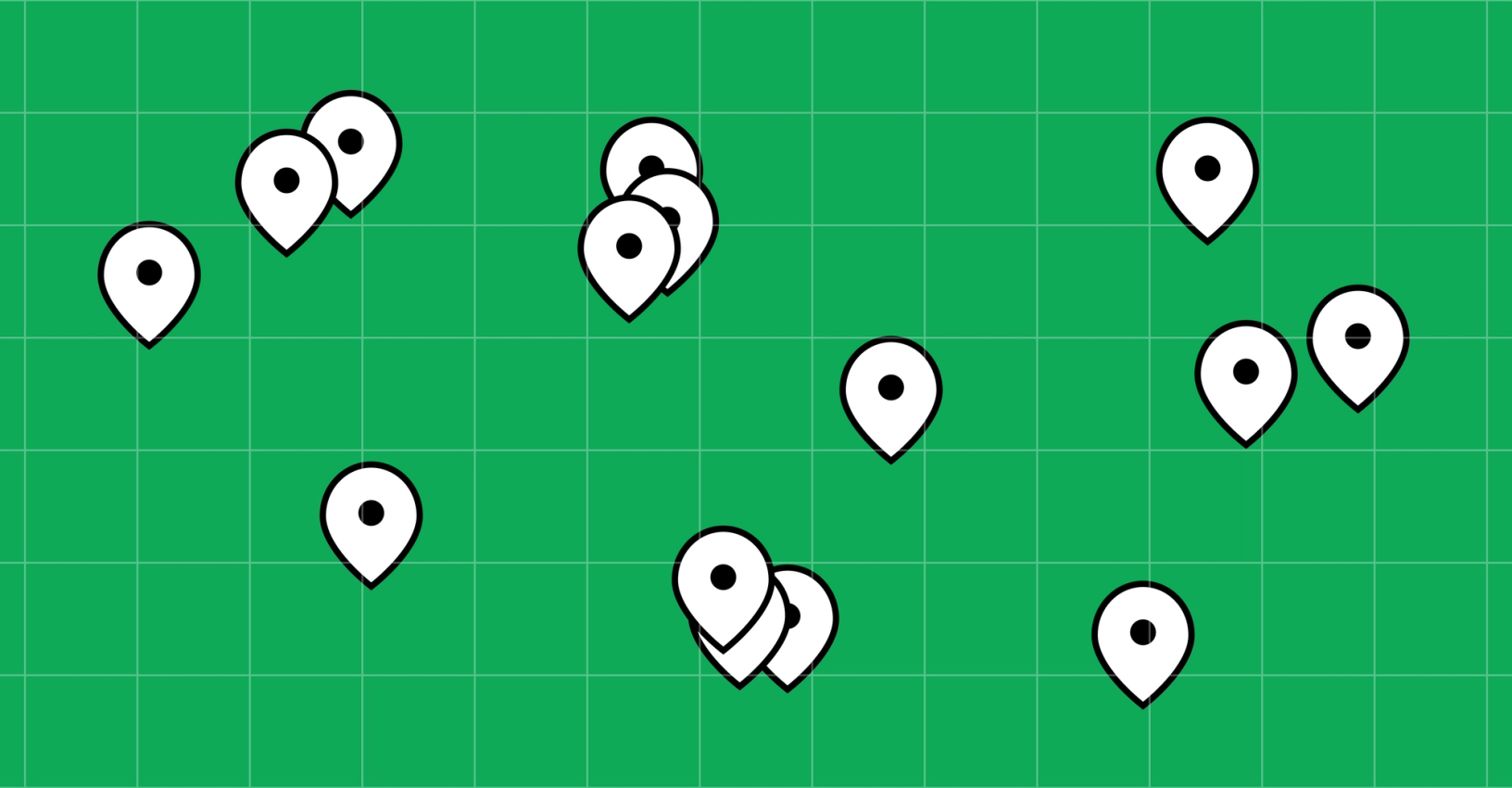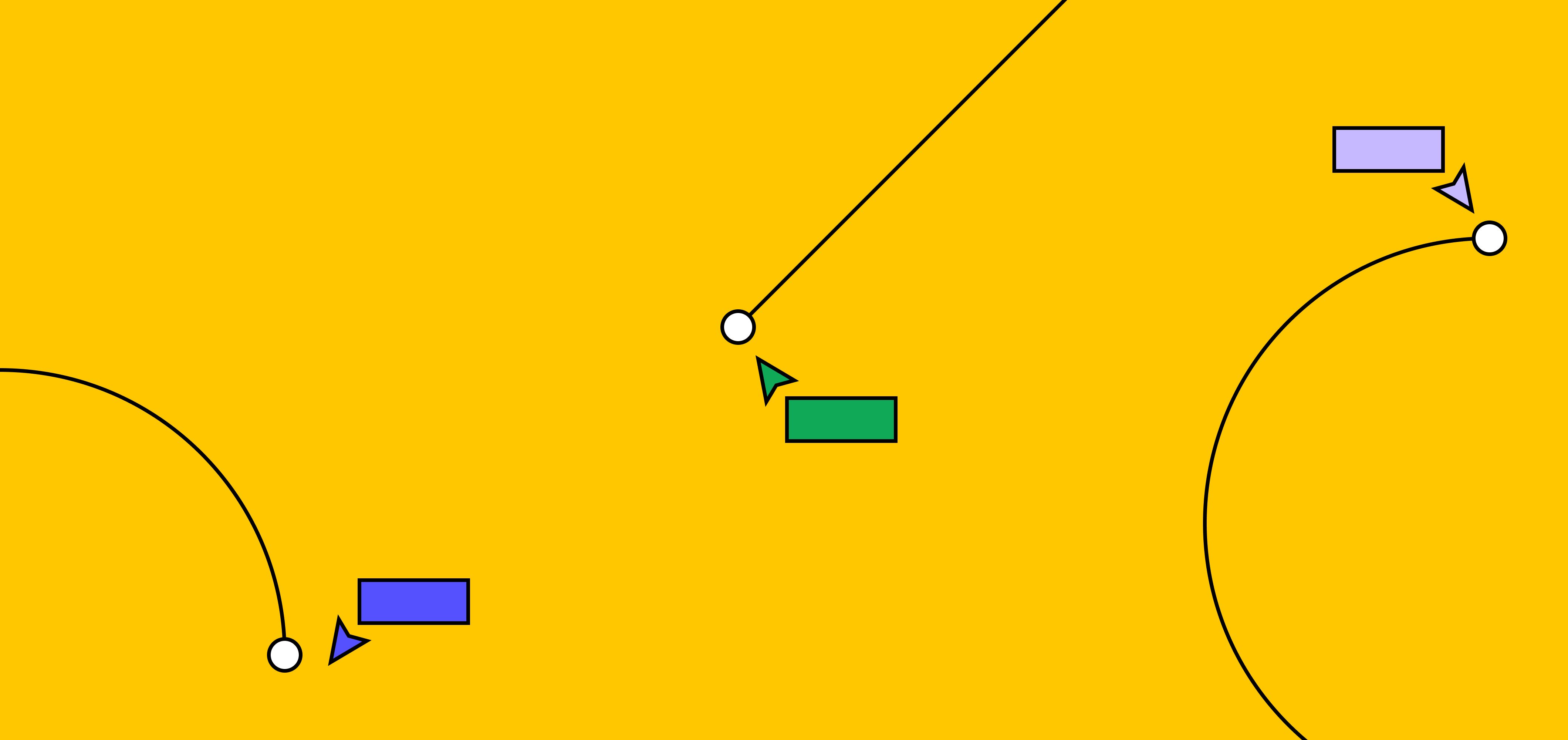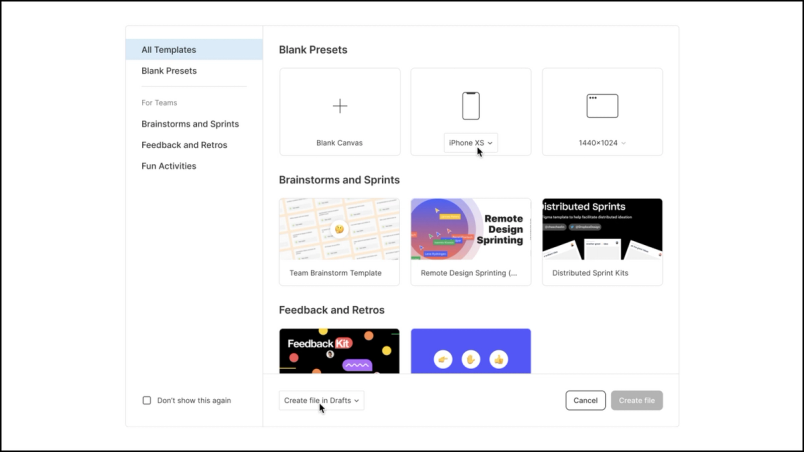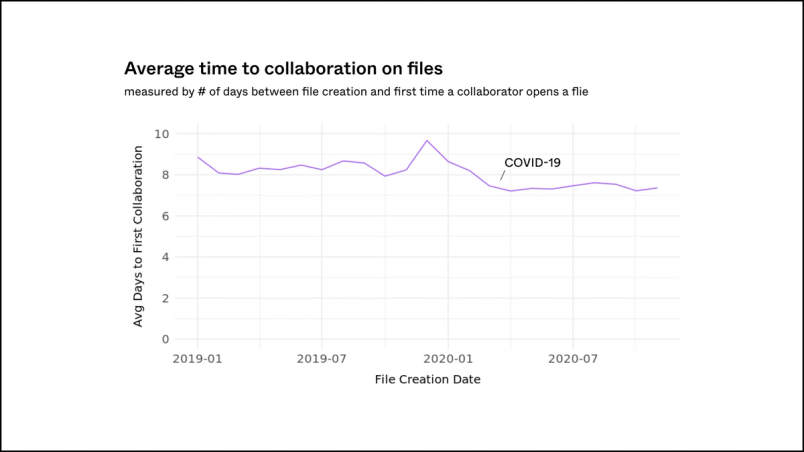By the numbers: One year of remote work


Growth Data Scientist Wendy Lu shares a look at how collaboration has changed over the past year, including how teams at Dropbox and Atlassian are moving offline processes online.
As we pass the one year mark of working remotely at Figma Figma is moving to a hybrid model, allowing both in-person and remote work options. We're sharing our approach, with the hope of helping others think through it.
How work is changing at Figma
At Figma, the data science team follows an embedded model, allowing us to have functional expertise and feel like one unit, while also going deep on specific product areas and building domain knowledge. I’m embedded on the growth team, whose goal is to test which features and experiences will deliver the most value to our users. Whether we’re refreshing user onboarding or improving sign-up flows, we rely on experiments to quickly test these changes and measure their impact.
Better enabling remote work
After going remote Figma is moving to a hybrid model, allowing both in-person and remote work options. We're sharing our approach, with the hope of helping others think through it. The Figma team has been working remotely for a couple weeks now, and we’re still adjusting to our new normal. Here, we share tips for running a remote brainstorm, based on what’s working well for us. There’s a lot that goes into research, and even more to consider when we’re all working from home. Here, we share some tweaks for making remote user interviews and debriefs a little easier.
How work is changing at Figma

How to run a remote brainstorm

Research, remotely
The growth team quickly built a “template picker,” allowing users to create new files from blank presets or templates designed for remote work use cases. We ran an experiment with a portion of our existing user base, serving the template picker to users in the experiment treatment group. The goal was to see whether—and how—teams would use these templates, and the resulting impact on collaboration.

Our learnings
We found that users who received the template picker had a 5% higher rate of collaboration, measured as % of users making edits or comments in a shared file. Additionally, we observed that users discovered new features through the template picker—10% more users discovered frame presets, and 90% more users leveraged files from the Figma Community in their file creation process. And, this remained true across designers and their cross-functional colleagues—the most popular files include both design-centric use cases (think: remote design sprints) and broader applications like whiteboarding and team-building activities.
Even though the experiment was run on a portion of our user base, it didn’t go unnoticed. We received positive feedback on social media and requests to add templates for more use cases to the template picker. In short, teams not only use this content, they appreciate it. The Figma Community is all about bringing users together Today we’re introducing two new spaces in Figma: The Figma Community and a redesigned Figma workspace.
Beyond multiplayer: Building community together in Figma
More than anything, our biggest takeaway is one we already knew to be true internally—that collaboration bleeds far beyond design. And, the more people get into the groove of collaboration on product and UX design, the more they’re likely to work better together, across use cases.
Collaboration, mapped
After seeing positive reactions from the community, we set out to quantify those changes and map the patterns across companies and regions—especially considering that over 80% of Figma users are outside of the U.S. As the global workforce moves remote, we’re observing more collaboration across countries and timezones. The visualization below shows invites and file shares between users across different countries. Each connection represents a share and each country is shaded by the number of cross-country collaborators, where darker countries have more collaborators.

Here’s a more detailed look at what we found:
Across regions
In 2020, Europe was the fastest growing region for cross-country collaboration, with double the file shares in February 2021 compared to the same month one year ago. At the global level, collaborative files across different timezones grew 3.5x (versus 2.6x growth on all collaborative files) in February 2021, compared to the same time last year.
Between designers and their colleagues
Within teams, we’re seeing a trend in which more and more non-designers join their teams’ design workspaces and become part of design workflows. Among professional teams and organizations, the ratio of designers to non-designers grew from February 2020 to February 2021, meaning that there were 25% more non-designers for every designer in a team. As the need for asynchronous communication grows, designers are inviting more view-only collaborators to their files for real-time feedback. This trend is reflected in both a growing number of file shares between designers and their cross-functional colleagues (+140%), as well as an increasing editor-to-viewer ratio (+12%) within the last year.
Within the design process
In addition to more non-designers and viewers engaging in a more collaborative design process, we also observed that more teams started collaborating in Figma earlier in the file lifecycle. We measured "time to collaboration" based on the number of days between file creation date and the first time a collaborator (someone other than the file creator) opens the file, within a 90 day period. The average time to collaboration on files dropped 11% from pre-COVID to Q2—when most companies started working remotely—and remained steady throughout 2020.

Moving offline processes online
Based on our data—in addition to our own experience working remotely at Figma—we noticed that designers were increasingly sharing with their cross-functional colleagues, and that collaboration more fluidly moved across orgs and team structures. So, we connected with the teams at Atlassian and Dropbox to hear their observations, and map their collaboration pre- and post-COVID.
Cross-functional collaboration at Atlassian
In early March 2020, Atlassian expanded their use of Figma right as they closed their offices for the pandemic. Designer Jake Miller says that moving over to working in a Figma file has more closely echoed the feeling of being in the office with colleagues. "Seeing everyone’s cursors in action actually makes it feel like you're collaborating, rather than just handing things off piece by piece,” Jake says. “It's social design.” And this level of collaboration extends beyond the design team, across disciplines. By embedding Figma files in Confluence , “everyone is a part of the design process,” says Jake. “No one is left out of the loop.”
Most importantly, being able to work together in one file has meant feeling less like a remote workforce, and more like a team. “We didn't even realize what we had been missing on the design side. It made remote work feel like team work again.“

“Async first” at Dropbox
As part of transitioning to a virtual-first model Take a look at Dropbox’s move to a virtual-first working model, and how the team uses Figma to brainstorm and build remotely. 
Redesigning Dropbox’s ways of working

Instead of defaulting to meetings, the Dropbox design team has moved most work to collaborative files. Alastair says that this new way of working preserves the team’s most important resources: time and energy. “With async work, pauses between messages and verbal communication are not only accepted but also appreciated. They create space for us to elevate our work and make the time we spend together even more valuable,” Alastair says.
The team is also trying to share more openly, which translates to sharing work with a broader audience. “Rather than hosting a gigantic meeting, we have started recording our design reviews and sharing them out with notes so that folks can watch them on their own time,” Alastair says. “These practices help us level the playing field and become more nimble and inclusive designers.”
Over the past year, so many companies have had to fundamentally change the way they work, if not entirely upend their business model. While remote work has certainly been an adjustment, we hope that some of these changes—open collaboration, more inclusive processes, and sharing across teams—are here to stay.
This project is an example of the type of work our data science team tackles every day. If you’re interested in learning more about Figma and our open roles, check out our careers page—we’re hiring!



